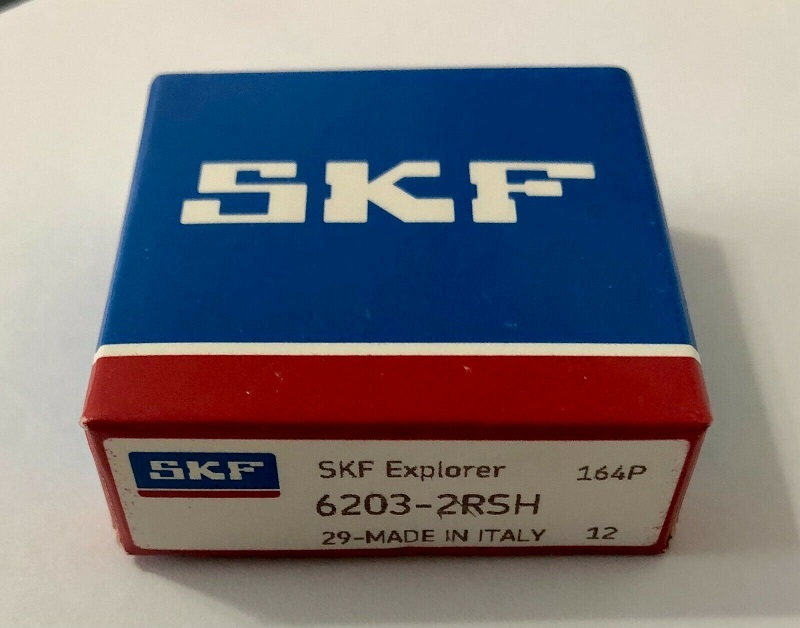When the SKF imported bearing workpiece is seriously overheated, the grains are coarse, and at the same time, the amount of 8 iron cables in the steel increases, which is easy to cause the deterioration of the hot working performance of the workpiece. When the lcrl8Ni9Ti stainless steel body or flange is overheated, it is easy to produce orange peel-like surface defects.
For this reason, preventive measures such as :
(1) Strictly control the forging heating temperature and heating and holding time of the lcrl8Ni9]ri stainless steel box and flange parts to prevent the workpiece from overheating and causing coarse grain defects in the workpiece.
(2) In the production of workpiece forging, if the forging ratio is too small, the final forging temperature is too high, and the defects of coarse grain structure are prone to occur. The forging ratio of the workpiece should be suitable and sufficient, and the final forging temperature should be moderate.
(3) For the coarse workpiece with overheated structure, the method of forging and refining grains can be used to eliminate defects, prevent the orange peel-like surface defects of the workpiece during cold deformation, and improve the surface quality of the workpiece. ERIC BEARING LTD have rich stock for SKF 6203-2RSH bearings , if you have demand , pls do free to contact me .

(4) The heat treatment temperature of SKF imported bearing workpiece should not be too high, the holding time should not be too long, the heating temperature should not be higher than 1150 "C, and the holding time should be calculated as 1-l_5min/mm.
Temperature Rise Test of SKF Spindle Bearings
According to the temperature rise characteristic curves drawn from the experimental data of the two high-speed electric spindles, it can be seen that the temperature rise of the two bearings is basically the same when the speed of the A-type spindle is lower than 15000r/min. When the speed is higher than 15000r/min, the temperature rise of ceramic ball bearing is obviously lower than that of steel bearing. The temperature rise rate of steel bearings is faster than that of ceramic ball bearings.
When the A-type spindle speed rises from 2000r/min to the limit speed of 30000r/min, the temperature of the steel bearing rises from 4°C to 35°C; when the spindle speed rises from 35000r/min to 40000r/min, the temperature of the ceramic ball bearing rises from 35°C to 35°C 43 ℃, in order to prevent the ceramic ball bearing from being damaged by excessive temperature, stop to continue to increase the speed. At the same temperature rise level, that is, when the temperature rise is 35 °C, the speed of the electric spindle equipped with ceramic ball bearings is about 17% higher than that of the steel bearing electric spindle.
The overall trend of temperature rise of the B-type spindle bearing is similar to that of the A-type motorized spindle. However, when the spindle speed is low, the temperature rise of SKF ceramic ball bearings is slightly higher than that of steel bearings, and the growth rate of temperature rise is smaller than that of steel bearings. When the rotational speed n>17000r/min, the low temperature rise characteristic of ceramic ball bearing can be displayed. The operating speed of ceramic ball bearings under grease lubrication is comparable to that of steel bearings under oil mist lubrication. It is found in the experiment that the temperature rise and the time required for the B-type ceramic ball bearing to reach thermal equilibrium are similar to the temperature rise and the required time for the A-type steel ball bearing to reach thermal equilibrium.
Hot Tags: